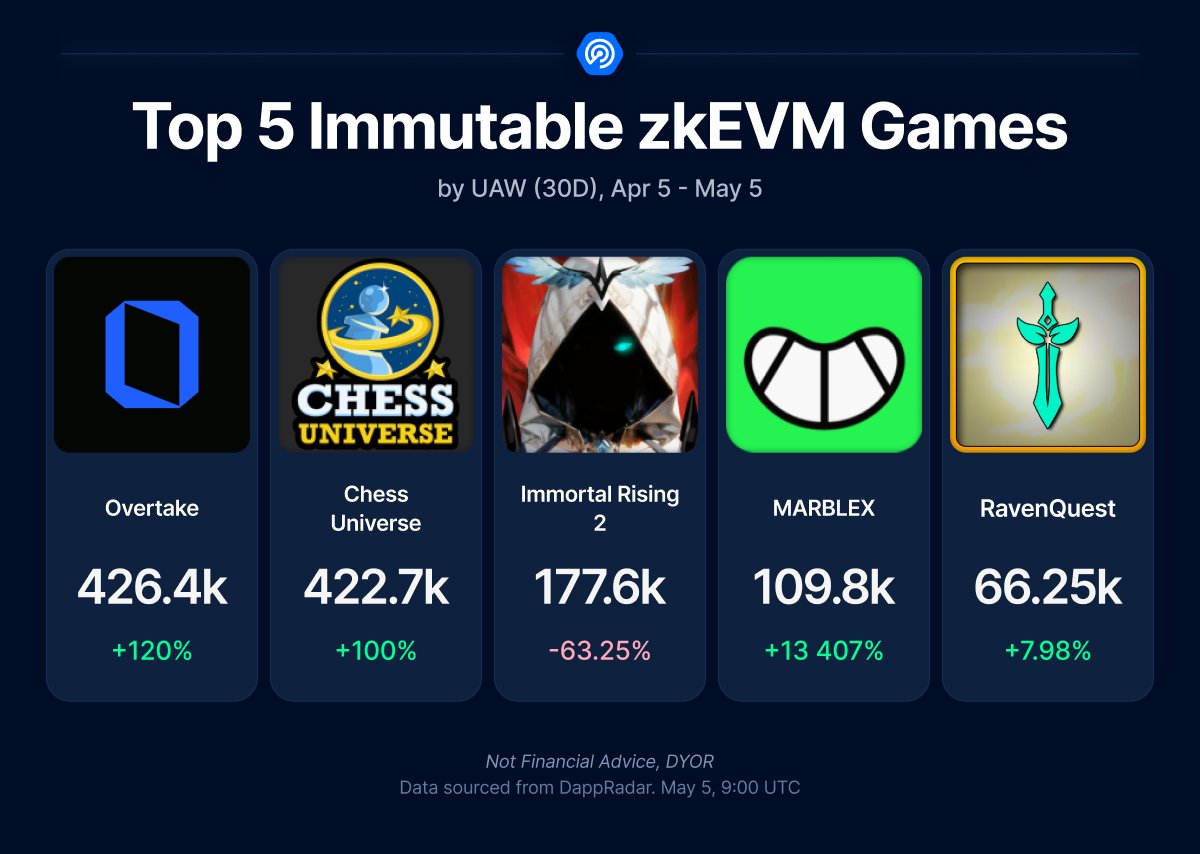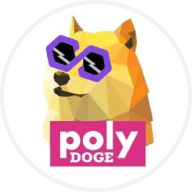
Preço de DappRadar

Aviso legal
A OKX não fornece recomendações de investimentos ou de ativos. Deve ponderar cuidadosamente se fazer trading ou deter ativos digitais é o mais adequado para si, tendo em conta a sua situação financeira. Informe-se junto do seu consultor jurídico/fiscal/de investimentos para esclarecer questões relativas às suas circunstâncias específicas. Para obter mais detalhes, consulte os nossos Termos de Utilização e o Aviso de Risco. Ao utilizar o site de terceiros ("TPW"), aceita que qualquer utilização do TPW está sujeita e será regida pelos termos do TPW. Salvo indicação expressa por escrito, a OKX e os seus afiliados ("OKX") não estão, de forma alguma, associados ao proprietário ou operador do TPW. Concorda que a OKX não é responsável nem imputável por quaisquer perdas, danos e outras consequências que advenham da sua utilização do TPW. Tenha presente que utilizar um TPW poderá resultar na perda ou diminuição dos seus ativos. O produto poderá não estar disponível em todas as jurisdições.
Informações do mercado de DappRadar
Capitalização do mercado = Oferta em circulação × Último preço

Feed de DappRadar




Calculadora de RADAR


Desempenho do preço de DappRadar em USD
Conversões de DappRadar populares
| 1 RADAR em USD | 0,0025190 $ |
| 1 RADAR em EUR | 0,0022205 € |
| 1 RADAR em PHP | 0,13959 ₱ |
| 1 RADAR em IDR | 41,3425 Rp |
| 1 RADAR em GBP | 0,0018845 £ |
| 1 RADAR em CAD | 0,0034702 $ |
| 1 RADAR em AED | 0,0092523 AED |
| 1 RADAR em VND | 65,4116 ₫ |
Sobre DappRadar (RADAR)
- Site oficial
- Documento técnico
- Explorador de blocos
Perguntas frequentes sobre DappRadar
A DappRadar é uma plataforma líder que fornece dados de mercado precisos e informações valiosas sobre o mercado de aplicativos descentralizados (dApp). Ela permite que os usuários acompanhem perfeitamente o movimento do mercado e se mantenham informados sobre as últimas tendências e desenvolvimentos.
Realizar holding de tokens RADAR oferece uma variedade de benefícios e utilidades. Os titulares do RADAR têm a oportunidade de ganhar recompensas e obter acesso ao rastreamento dApp e aos recursos de dados oferecidos pela plataforma. Além disso, possuir tokens RADAR concede direitos de voto, permitindo que os detentores participem ativamente dos processos de governança e tomada de decisão da comunidade DappRadar.
Compre facilmente tokens RADAR na plataforma de criptomoeda OKX. O terminal de negociação à vista da OKX oferece o par de negociação RADAR/USDT.
Divulgação ASG
Calculadora de RADAR















Redes sociais